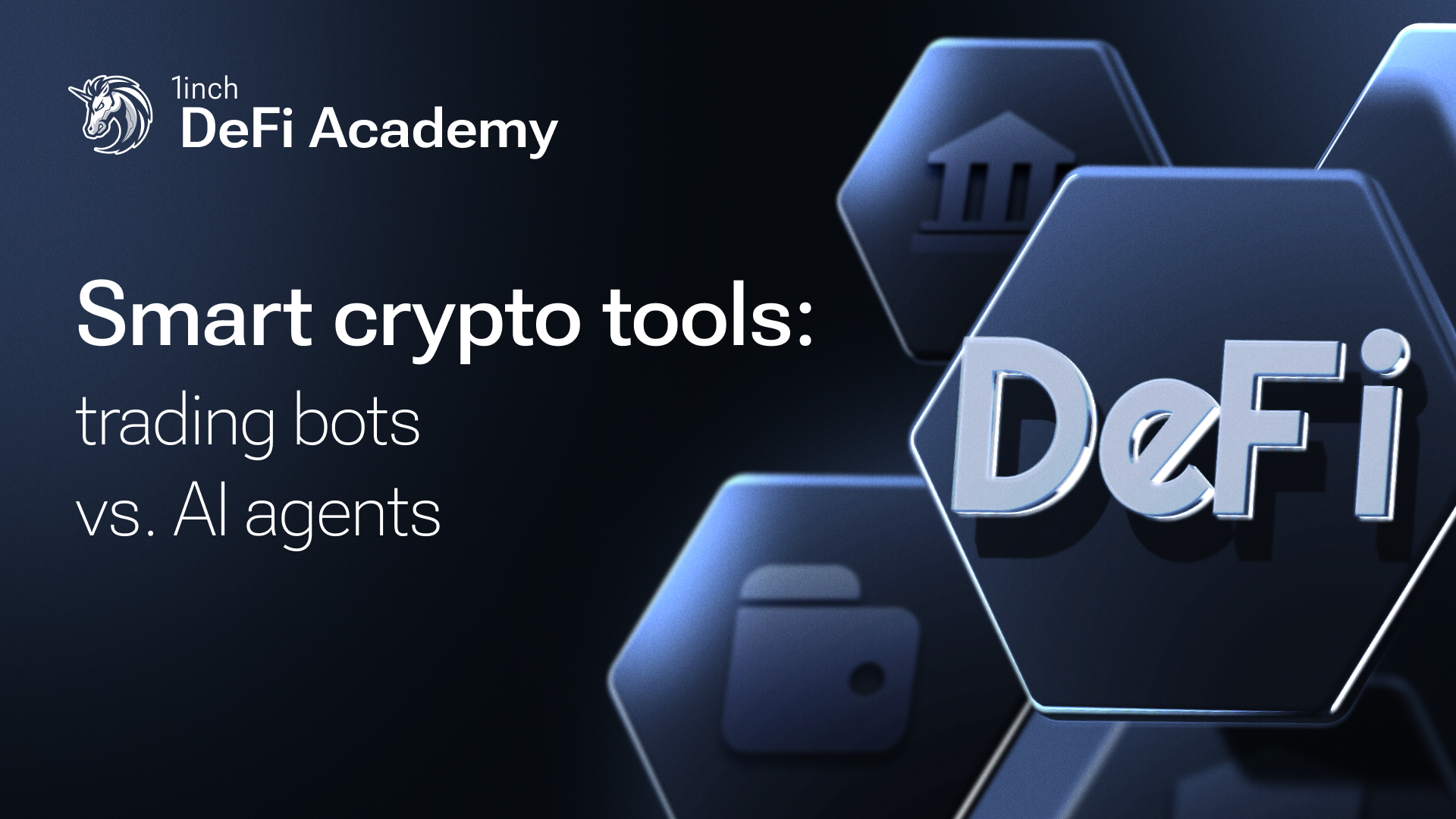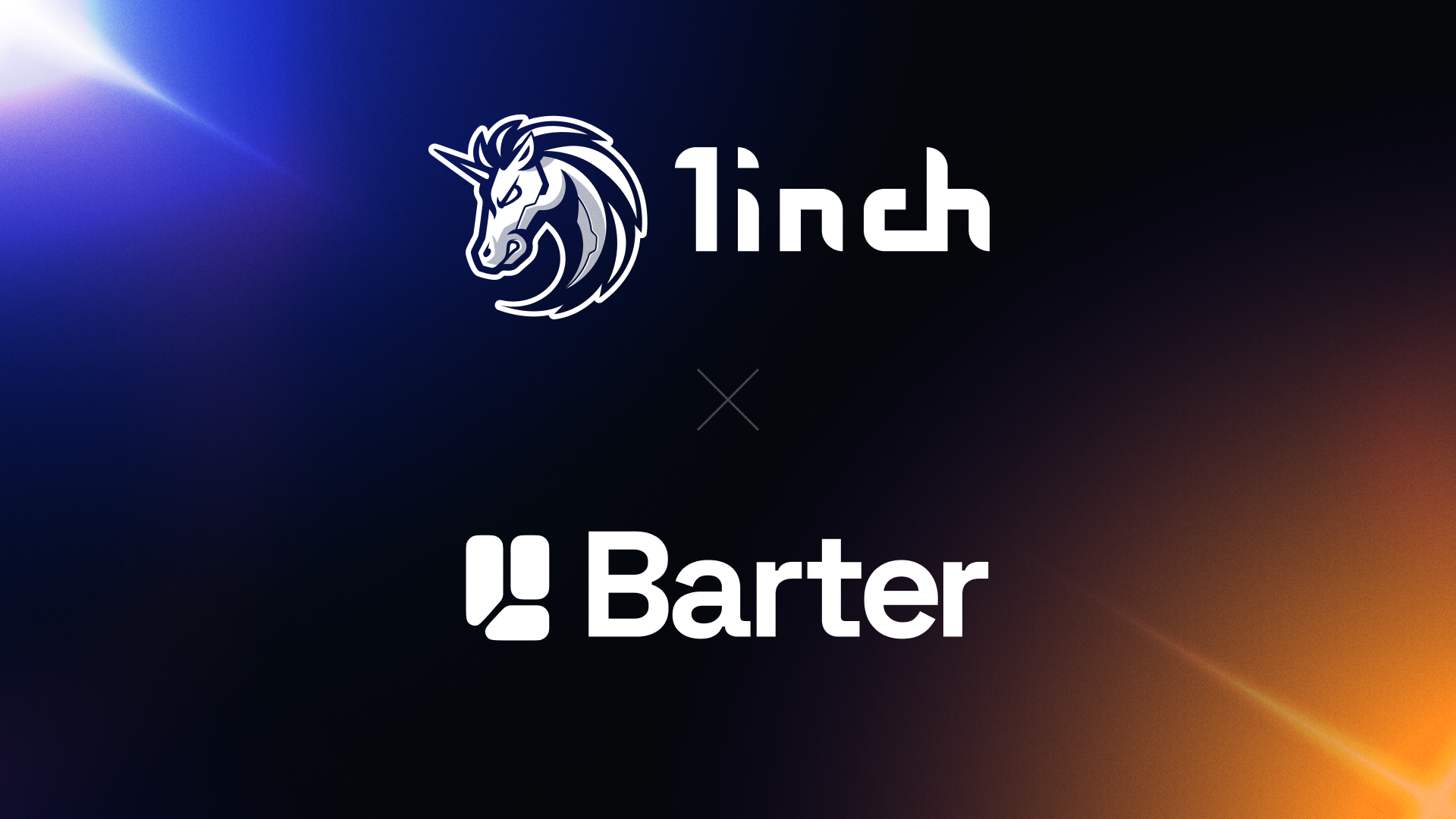Trading bots or AI agents? Key differences explained

Among crypto automation tools, rule-based bots and adaptive AI agents stand out for their contrasting roles in trade execution and market analysis.
Automation has long played a role in cryptocurrency markets, with tools like trading bots and AI agents offering different levels of control and intelligence. While both aim to streamline decisions and execution, they operate in fundamentally different ways.Trading bots operate on predefined rules, delivering rapid and consistent execution. AI agents, on the other hand, rely on machine learning to analyze data and adjust their strategies dynamically as market conditions evolve. Understanding how these systems function sheds light on their roles across various trading scenarios – from routine automation to responsive, data-driven analysis.
What are trading bots?
Trading bots are algorithmic tools programmed to execute crypto trades automatically based on predefined conditions - for example, initiating a buy when an asset’s price falls by 5%. They’re commonly used for straightforward, rules-driven strategies, including:
- Arbitrage: Capturing profit from price discrepancies of the same asset across different exchanges.
- Trend-following: Entering or exiting positions based on momentum indicators.
- Market-making: A strategy where simultaneous buy and sell orders are used to facilitate trading and capture gains from the spread.
What are AI agents?
AI agents go beyond static automation by analyzing data and modifying their strategies in real time as conditions evolve. They leverage machine learning, natural language processing (NLP) and real-time analytics to make context-aware decisions.
These agents can:
- Forecast market movements using a blend of past trading behavior and current data streams.
- Predict price movements by analyzing both historical trends and real-time market data.
- Dynamically update strategies in response to sentiment trends, price turbulence, and fresh market developments.
Key functional differences in automation tools
Learning vs. following instructions
Bots execute trades based on fixed logic without adapting to new conditions. Once programmed, they continue executing the same logic regardless of changing market dynamics.AI agents, by contrast, can evolve. They analyze new data, learn from outcomes and adjust strategies accordingly, enabling a more adaptive and responsive approach.
Simplicity vs. sophistication
Bots are best at straightforward tasks like placing trades when certain conditions are met. They're fast and consistent but limited to their original programming. AI agents handle more complex decision-making. They draw from diverse sources like news feeds, social sentiment and price trends to build a broader picture before acting. They interpret the environment, weigh risk factors and choose from multiple possible actions mimicking human-level reasoning at scale.
Risk factors to consider
Trading bots
- May repeat errors if code is flawed.
- Fail to adapt to news or black swan events.
- Rigid and vulnerable in unpredictable conditions.
AI agents
- Risk of “black box” decision-making (hard to interpret).
- Require vast, high-quality data inputs.
- Susceptible to overfitting and novel market behavior.
The hybrid future
Rather than relying solely on one approach, many traders are now combining both bots and AI agents into hybrid strategies. This involves using trading bots for repeatable actions and leveraging AI agents for strategy generation, market predictions and dynamic adjustments. Trading bots and AI agents both have a place in the evolving crypto ecosystem. As these technologies mature, staying informed and intentional in their use will be key to success.
Stay tuned for more insights from 1inch as we explore the latest trends in DeFi!




























